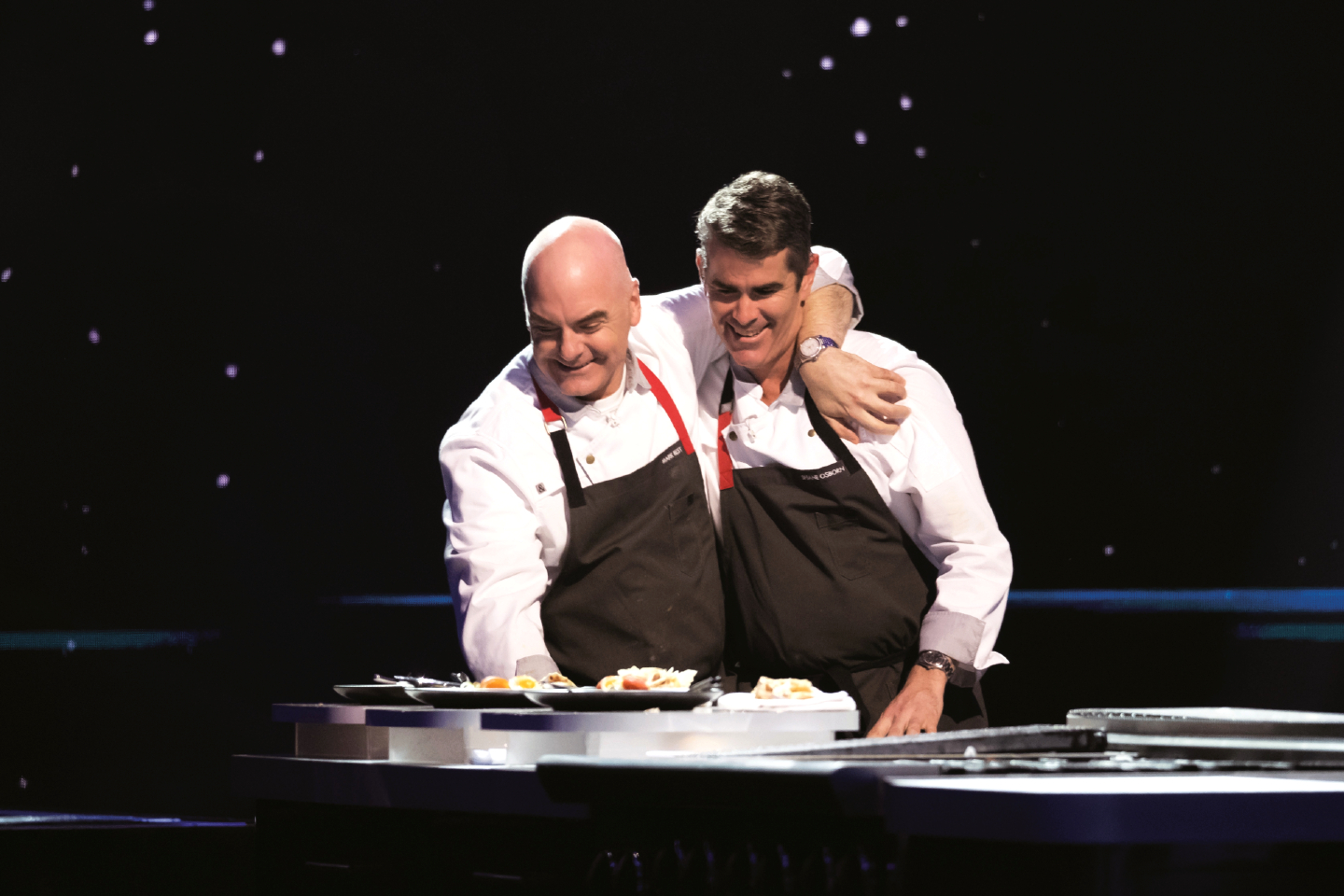
Best (left) and Osborn's chemistry made them popular contestants on The Final Table (Photo: Adam Rose/Netflix)
When veteran chefs Mark Best and Shane Osborn became a part of The Final Table, they were told by a close friend, “You know they are never going to let you win, you are not American”. This did little to discourage the two Aussies, who have a combined experience of about 60 years in the kitchen. Osborn’s big break was when he earned two Michelin stars for his restaurant in London, Pied a Terre. His current fine-dining space, Arcane in Hong Kong, earned a Michelin star while he was shooting The Final Table. Best has won many accolades including Chef of the Year at the annual Sydney Morning Herald Good Food Guide awards and his restaurant has been featured for three years running in the San Pellegrino & Restaurant Magazine’s World’s 50 Best. He recently opened Bistro by Mark Best on the Genting Dream, a luxury cruise ship, where Options had the opportunity to meet him and Osborn for The Final Table Experience.
Shane and Mark, or Shmark as they are affectionately known, won hearts with their easy-going attitude and unwavering confidence. Even as we sit in Best’s restaurant on the ship, the two are quick to crack jokes. Osborn is the charmer while Best wins you with his wit. “Everyone wants us to consummate our relationship,” Best laughs. “I have kissed him once, and it is not happening again,” adds Osborn. It is clear why audiences fell head-over-heels for this Aussie team on Netflix’s incredible cooking competition.
bistro_by_mark_best_02.jpg
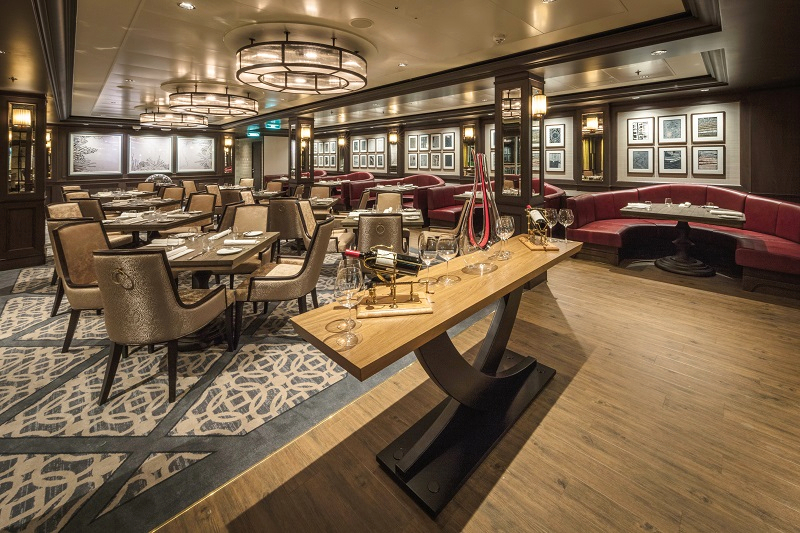
The Final Table aired in November last year, with the aim of creating a high-calibre competition like none other. Each episode featured a dedicated country and teams of two had to impress three judges with the country’s chosen national dish. Then the bottom three teams had to compete in a second round — The Final Plate Challenge — where they had to create a stunning dish with a specific ingredient chosen by an eminent guest chef.
When Osborn was in London, he was often approached to go on shows such as Masterchef UK, but at the time he was not interested. However, when the call came for The Final Table, he was intrigued. “I found this out afterwards, that I was one of the first people they contacted to see if the show would have any gravitas for people of our calibre. They wanted to make the programme, globally, one of the highest standards of cooking competitions out there … When Netflix contacted me, I had seen the Chef’s Table series and how incredibly brilliant that is in terms of production values and the stories they told; the cinematography and everything is brilliant. So I thought it sounded like a really good opportunity,” Osborn explains. He tells us that Best was the obvious choice for a partner, and even Osborn’s wife insisted, “You have got to pick Mark!”
The selection process for this competition was gruelling and it took nearly a year. Participants had to undergo background checks, police checks and submit driving records. “It cost US$22 million to produce and, because of the format, there was no opportunity through the storyline to bring characters in or vote them off or whatever. So if someone went missing, there would be a big gap. They went to great pains, even using psychologists to keep some of the contestants going,” says Best. Of the 38 chefs who were flown to Los Angeles for the competition, only 24 went through, and Best and Osborn were the only Australians.
As viewers, we only see the final edit of the show, but the chefs give us some behind-the-scenes insights. “Shooting was four days a week. You would shoot an episode in one whole day. Then the elimination round would be done in the second part of the day. The day after, you would have the debriefing interviews at a separate studio,” says Osborn. The country for that week would be announced beforehand and the producers would tell the contestants the dish they would be cooking and give them a walk through the pantry, which would have an extensive array of ingredients that changed according to the country.
chef_shane_osborn_chef_mark_best.jpg
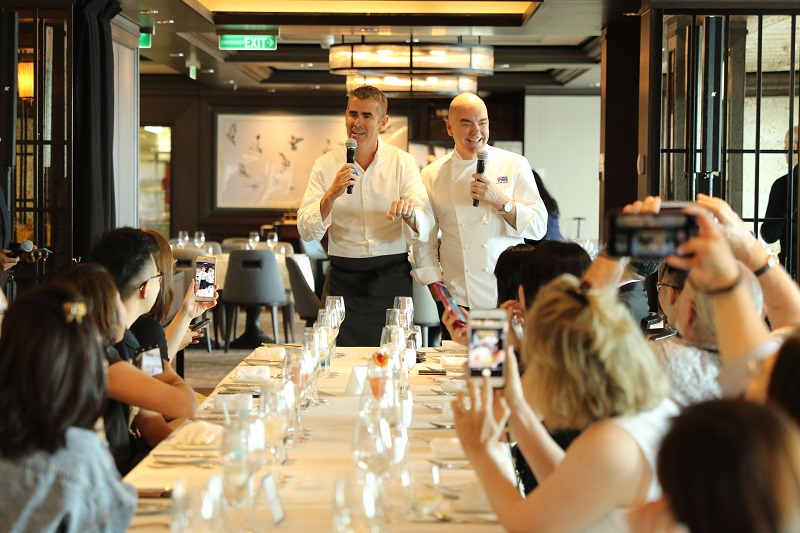
The chefs would have a day to formulate and submit a recipe and a list of required equipment so the producers would have time to build a story. “The first episode we shot, we were shooting until about 2 o’clock in the morning because it just took so long to understand where the markers were, how the angles were going to work, but after show four or five, instead of being a 16 or 17-hour day it went down to about 10 or 12, which was not bad,” Osborn adds.
The scale of the show was tremendous. Best and Osborn recall the runners — or wranglers who handled the chefs (aka the talent), who were often seasoned professionals, saying that they have never seen a production of this scale. Shot in the same studio as Star Wars, the show had 300 people in production and a live audience of about 200. Even going to the toilet was an expedition. “We would have to ask one of the production crew, and then we had to almost get a consensus — so, if the vote was over 50% they would allow us to go to the toilet and they would go ‘chefs walking’ and we would line up in single file and all head off to the toilet,” says Best.
Spoiler alert — neither Osborn nor Best won the competition, but they served up some memorable dishes. In week two: Spain, the team were in the top three with their classic rabbit paella, which used all the animal’s parts and included snails and clams. The judges likened it to a paella de campo, or countryside paella, with deep flavours and freshness. Although they were in the bottom three for Brazil week, the Aussies redeemed themselves by winning the following three weeks — India, the US and Italy — with their next win in week nine: France.
Their best dish was perhaps the Thanksgiving Turkey Burger, which was created during week USA. On the cruise, Best and Osborn gave a live demonstration of how they made this burger, and we even got to have a taste. A perfect balance of flavours, the burger was elevated by the cranberry sauce, the gravy that brought it together. While Osborn broke down a full turkey, Best talked us through it, adding a few Dad jokes in between. This was the first time the two have cooked together since The Final Table, and their effortless teamwork and chemistry still shone through.
cooking_demostration_-_thanksgiving_turkey_burger_2.jpg
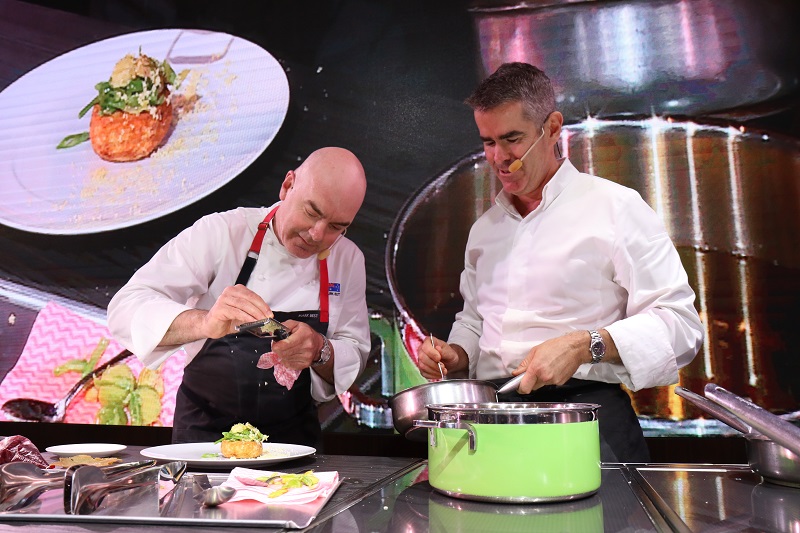
Best’s style leans towards French cuisine with simple ingredients and classic flavours, whereas Osborn has more Asian flavours inspired by his years in Hong Kong. While on the Genting Dream, we also sample a delicious menu prepared by the chefs at Best’s restaurant. A highlight dish was the steamed grouper with carrots, which was simple yet incredibly flavourful, allowing the fish to shine with a decadent, creamy sauce. My sweet tooth was also won over by the fig and almond tarte fine which tasted a little like Christmas. After the meal, Best tells us, “It is nice to work with someone with equal professional ability. You don’t have to worry.”
The partners reveal that during The Final Table, they used calm demeanours and experience to scare the other contestants. “Psychologically, you know, we were intimidating these guys by being cool and just trying not to look rattled at any point. Some people were cracking under the pressure, but we just tried to stay as calm and composed all the way through. We would turn around and give them a little bit of a wink or a few naughty fingers without the cameras seeing. Or just go over and say, ‘Is that supposed to be burnt?’” laughs Osborn.
The end of filming was abrupt, and what followed was a year of not being able to tell anyone about the show. “All those relationships were so intense at that time and then leaving it, it was just like — boom you are at the airport and out of it the next day,” says Best.
I had a similar feeling when we left the Genting Dream, no longer surrounded by gambling tables, incredible restaurants and the sea.
thanksgiving_turkey_burger.jpg
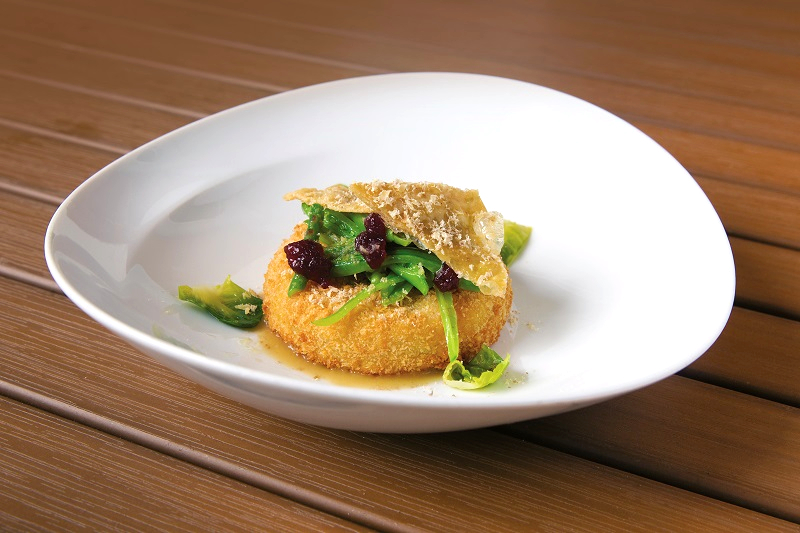
With an impressive amount of experience to back them up, the chefs claim that there was nothing about the competition that they had not faced before — it was just a different setting. The industry has changed tremendously from when these chefs began their careers. “I was punched in the face by a senior chef when I was 16 years old, all because I gave him the wrong ingredient. So he turned around and whacked me in the face. He was in his mid-30s and that was just part and parcel of being in the industry in those days,” recalls Osborn. Thankfully, such behaviour is not acceptable any more.
Today, being a chef is quite fashionable, but as a result the dropout rate is painfully high. Both Osborn and Best are true believers in following your passion and putting in the long hours and work to get where you want to be. No shortcuts. “It is not an art, it is a craft. You have to learn the rudiments of the craft, all of the skills, and that is done by emulating — you stand there, you watch and you learn. That takes an enormous amount of time and practice. The reason why your skills get better is because you have done it 10,000 times,” explains Best.
Best and Osborn quickly gained celebrity chef status after The Final Table aired. “The response from the fan base was just incredible, especially on social media. It was Shane’s and my deep friendship that came through and people just responded to it. They also nicely enough responded to our professionalism and our calmness under pressure,” says Best. As a result, and to give the fans what they desperately want, the two are working towards creating another show together. “We are hoping, and would certainly like to bring our sense of humour and our cultural sensibility on the road. Cooking and travelling with a few laughs would be the basic premise of it all,” he adds.
This article first appeared on Nov 11, 2019 in The Edge Malaysia.


